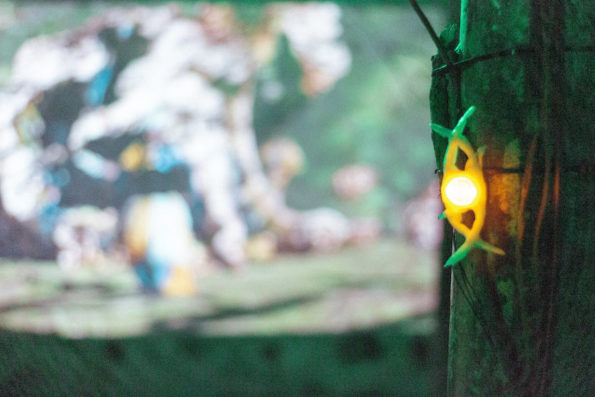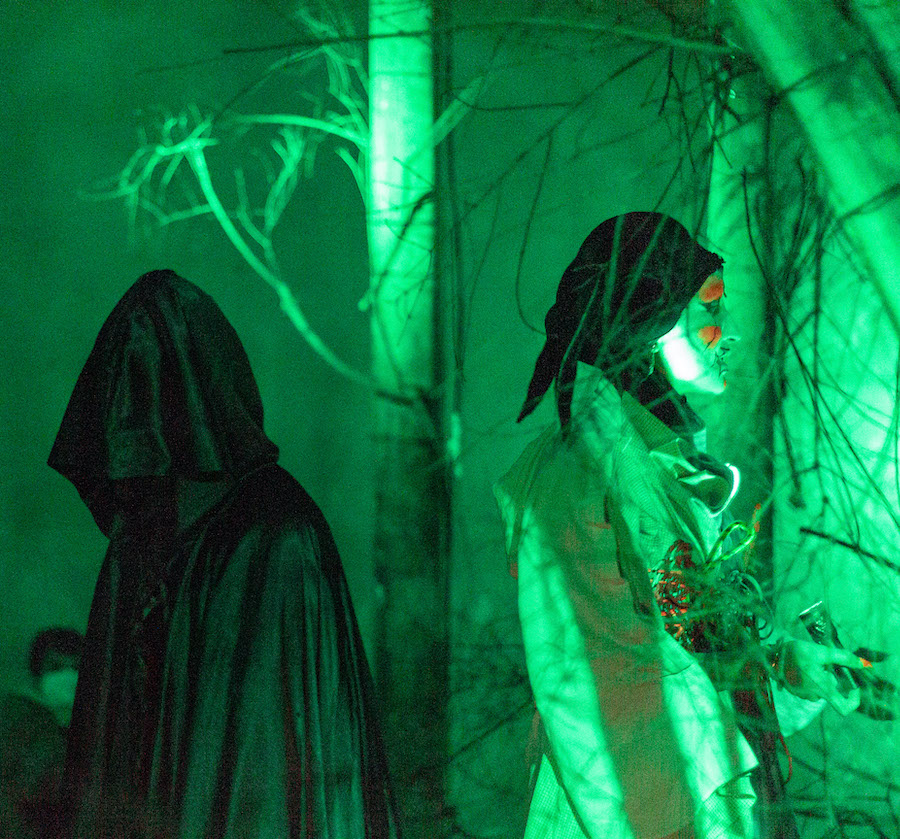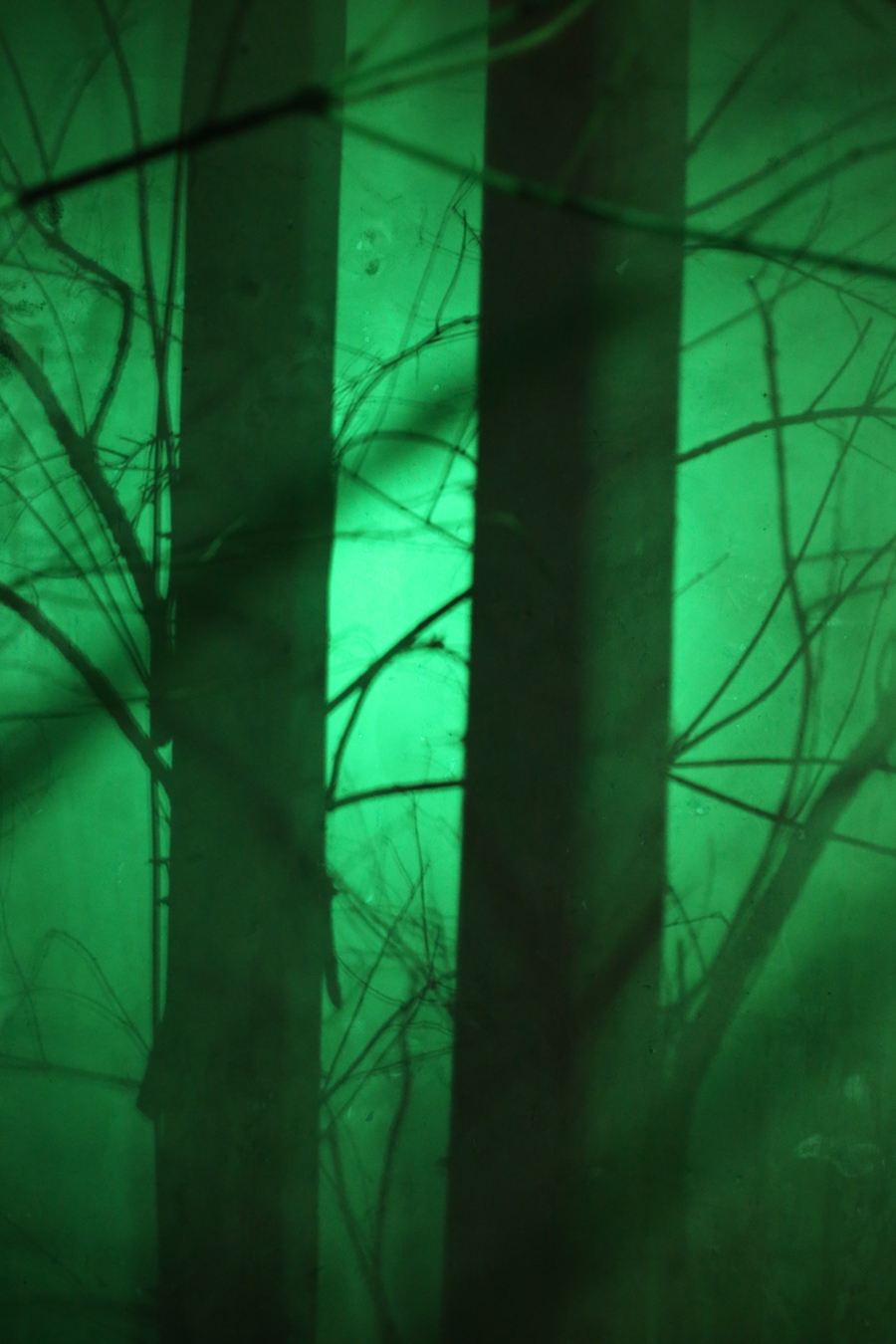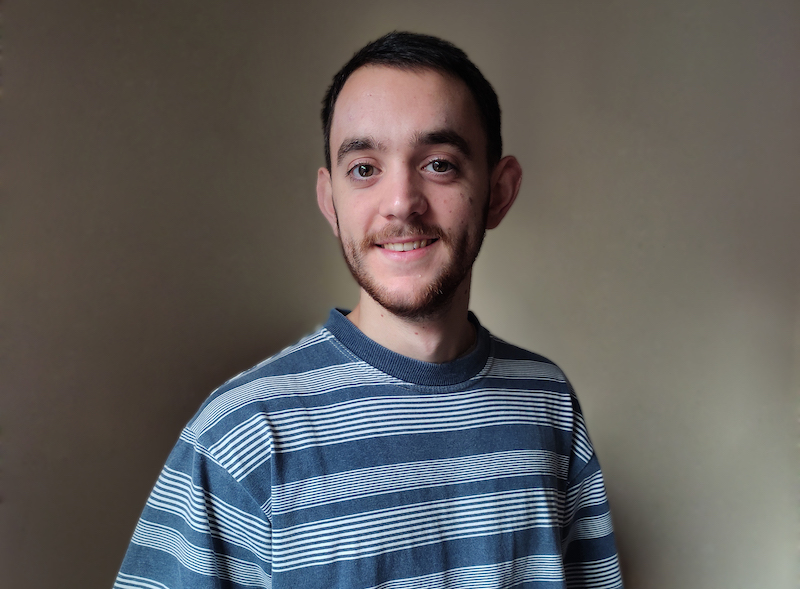Search
To search for an exact match, type the word or phrase you want in quotation marks.
A*DESK has been offering since 2002 contents about criticism and contemporary art. A*DESK has become consolidated thanks to all those who have believed in the project, all those who have followed us, debating, participating and collaborating. Many people have collaborated with A*DESK, and continue to do so. Their efforts, knowledge and belief in the project are what make it grow internationally. At A*DESK we have also generated work for over one hundred professionals in culture, from small collaborations with reviews and classes, to more prolonged and intense collaborations.
At A*DESK we believe in the need for free and universal access to culture and knowledge. We want to carry on being independent, remaining open to more ideas and opinions. If you believe in A*DESK, we need your backing to be able to continue. You can now participate in the project by supporting it. You can choose how much you want to contribute to the project.
You can decide how much you want to bring to the project.

AN “IMPROBABLE” FICTION
Hurricane winds destroyed everything, devastating cities and collapsing their houses in its path; destroying the great buildings, the old cathedrals and the monuments that we once worshiped. What will our civilization be after the hurricane? Will the witches be able to find a new course, a new wind to guide our way?
This is the premise that promts Sisters of the Wind, an audiovisual installation made by multidisciplinary artist Juliette Lizotte. This speculative narration, which takes the shape of a magical forest filled with visual and sound hallucinations, has been activated (at Nadie Nunca Nada No in Madrid between the 5th and the 9th of January, 2021[1]Sisters of the Wind is part of Meandro Merodeo, an exhibition series curated by Jorge Van den Eynde with artists Juliette Lizotte, Ewa Poniatowska and Álvaro Chior.) by the artist herself and her collaborator, Ainhoa Hernández, through a performative tour and a worldbuilding and roleplay session. Juliette’s work warns of an incipent possibility of collapse and tries to imagine new ways of living together, maintaining a playful, critical and hopeful approach. In a farway and dark forest, emerging as a magical space of resistance and fun, an “improbable” fiction takes place. A community of witches gathers to perform a messianic and healing task: to cure the wind of its own perversion, slow down its ecstatic acceleration and deconstruct the promises of their past.

Juliette Lizotte, “Sisters of the Wind”. Photo: Pablo Bonelli
THE HURRICANE
The wind has always been related to promise and salvation: a spirit of the past that projects itself firmly towards the future. Still today, the wind effortlessly pushes the utopia of modernity, keeping it alive. However, when you look at the wind carefully, you discover its true nature: it is indeed a cyclone, a strong tornado. Walter Benjamin warned more than half a century ago of the danger of a persistent and wild blizzard common to capitalist societies. These articulate the historical discourse from the perspective of progress, ignoring that culture is built on servitude, repression and the exclusion of certain groups (such as witches).
Now that the hurricane of progress has raised “a pile of ruins that grows to the sky”, we shall look back. There is still a hiss, a whisper, a gust. A wind remains in the forest, far away from the catastrophe, where witches playfully reimagine the past, rewinding it and disassembling it into pieces, building a future in community, among the branches of the trees and the sounds of the animals. “Let’s walk into the forest”, Juliette says. Hand in hand with her, we set out on a journey through time with the other witches.
THE FOREST
A forest has grown at Nadie Nunca Nada No. Inside of it, other laws are in effect and other skills are developed: game against norm, the common against the private, circularity against linearity, bifurcation and loss against rectitude, trance and confusion against rationality. Between the branches of the trees, time tangles, cracks and twists until it collapses in exhaustion. In this lush and dark forest, History breaks and explodes into a thousand pieces, into a thousand stories, which are intermingled, interfering with each other. Everything is possible: an abyss, a leap, a labyrinth, a coven of witches. It is about “brushing the story against the nap”: telling it again, looking at it again, listening to its echoes, its bursts.
The forest deceives us, it deludes us, generating a dislocation, a confusion of voices and sounds. The walls of this forest are cold, as well as the ground. There is no univocal path, but a labyrinth of comings and goings. The hallucinations take the form of videos, interrupting and accompanying the journey of the witches, who decide their course along with the wind. In this forest, everything is reborn, everything has the potential of being again, everything is constantly transforming. The soul travels from one being to another. A powerful fiction is generated, an idea of community, care, respect and attention towards all living beings: common sympathy and friendship. The witches travel across time, gaining strength and assuming a new possibility of decision, fun and perversion. They are searching for a new wind to go with them on their journey.

Juliette Lizotte, “Sisters of the Wind”. Photo: Saleth Carrión
THE WITCHES
In this forest that has suddenly emerged at Nadie Nunca Nada No, the witches turn the diabolical monstrosity that history has conferred them into an empowering weapon. Witches were actually non-professional healers at the service of the peasantry: “wise women”, as their etymology indicates (in English, wizard/witch derives from Saxon, wicca/wicce, which means “wise”). The period of the so-called “witch hunts” spanned more than four centuries in Europe (from the 14th to the 17th century), when around nine million women were killed in Europe, according to Gottfried Christian Voigt in 1786. The fiercest persecution of witches coincides with those periods of social upheaval that shook the foundations of feudalism, such as peasant revolts or popular conspiracies, as well as the birth of capitalism and the appearance of Protestantism.
However, the fury of witch hunts was by no means a peasant demand, but the result of a fear campaign imposed by the ruling class, who tried to incriminate them at all costs, blaming them for a large part of the social unrest. One of the main accusations that they had to endure regarded their magical powers on health. Certainly, witches performed this healing work employing a wide variety of analgesics, digestives and tranquillizers. As early as the 16th century, the brutal persecution of witches and the radical repression of these supposedly “demon-possessed” activities led to modern medicine, which excluded women —even those of the upper class— from their practice, but was indeed much less advanced regarding knowledge and treatments (it was fundamentally based on astrology and alchemy). Facing the ignorance of modern medical science, witches had been offering cures to the lower classes for centuries. In fact, in 1527, Paracelsus, considered as one of the fathers of modern medicine, after burning his pharmacology manual, came to acknowledge that “everything he knew he had learned from witches”.
In Sisters of the Wind, like those witches from so many centuries ago, or like “contemporary witches”, as claimed by feminist groups in the late 1960s in the United States, witches gather to share and conspire, to pervert and heal. With this legacy on her back, it is not surprising that Juliette finds in the magical power of witches an inexhaustible source of inspiration, knowledge and experience. Aware of her healing, liberating and environmentally-engaged ability, the artist convenes a coven of witch sisters willing to play with the wind; to get carried away by intuitions; to take care of the forest and listen to their prophecies.
OTHER WINDS
Other winds blow in the dark and lush forest. A few gusts of air gently caress the witches’ faces. Echoes of faraway voices are heard:“the past has the right to express its demands”, they say. The wind warns of the possibility of establishing a secret commitment gathering between the generations of the past and the present, between the witches persecuted for centuries and those that arise today. The witches embrace the possibility of welcoming those other winds that come from beyond, that have nothing to do with those devastating winds. They listen to the winds’ whispers carefully. The forest vibrates and the gloomy echoes of the past recede: a forest has grown where the wind dwells.

Juliette Lizotte, “Sisters of the Wind”. Photo: Saleth Carrión
(Cover image: Juliette Lizotte, Sisters of the Wind. Photo: Pablo Bonelli)
Bibliografía:
Benjamin, Walter. Tesis sobre el concepto de la historia y otros ensayos sobre historia y política. España: Alianza Editorial, 2021
Centeni, Massimo. Las brujas en el mundo. Barcelona: De Vechi Ediciones, 2012.
Ehrenreich, Bárbara, y English, Deirdre. Brujas, comadronas y enfermeras: historia de las sanadoras. Barcelona: Edicions de les dones, 1981.
Eller, Cynthia. Living in the Lap of the Goddess: The Feminist Spirituality Movement in America. Boston: Beacon, 1993.
George Frazer, James.La rama dorada: magia y religión. México: Fodon de Cultura Económica, 2011.
Kramer, Heinrich, y Sprenger, James. The Malleus Maleficarum. London: The Pushkin Press, 1928.
AA. W.I.T.C.H. (Conspiración terrorista internacional de las mujeres del infierno). Madrid: Felguera Ediciones, 2013.
| ↑1 | Sisters of the Wind is part of Meandro Merodeo, an exhibition series curated by Jorge Van den Eynde with artists Juliette Lizotte, Ewa Poniatowska and Álvaro Chior. |
|---|

Manuel Padín reflects on contemporary cultural and artistic phenomena beyond the academic framework. To do so, it tries to put into practice a critical thinking that operates from the margin and an attentive look towards those events that remain in the shadows
"A desk is a dangerous place from which to watch the world" (John Le Carré)